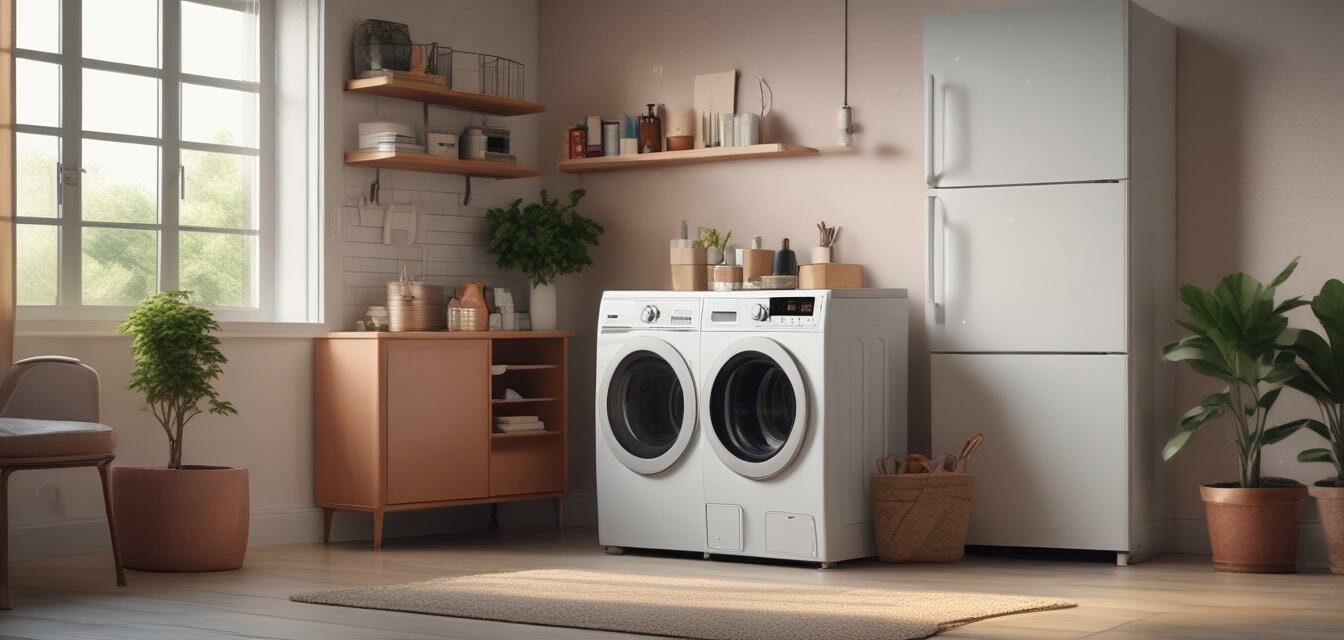
Simple Changes to Lower Your Energy Bills
Key Takeaways
- Adjusting thermostat settings can lead to significant savings.
- Using energy-efficient appliances helps reduce consumption.
- Regular maintenance of appliances ensures they work optimally.
- Behavioral changes can complement energy efficiency.
- The combination of small changes can lead to substantial savings over time.
In today's economy, managing household expenses is more important than ever. One of the most effective ways to cut costs is by lowering your energy bills. Thankfully, simple modifications in the way you utilize your appliances and making minor lifestyle adjustments can lead to significant savings.
Understanding your energy consumption
Before diving into changes, it helps to understand how and where you're using energy. Consider this breakdown of typical household energy use:
| Appliance | Percentage of Total Energy Use |
|---|---|
| Heating and Cooling | 47% |
| Water Heating | 14% |
| Refrigeration | 12% |
| Washing Machines/Dryers | 6% |
| Lighting | 4% |
| Other Appliances | 17% |
Appliance Usage Tips
Here are some practical suggestions to optimize the energy efficiency of your appliances:
- Upgrade to Energy Star appliances: If it's time for a replacement, look for Energy Star-rated products, which use significantly less energy.
- Adjust refrigerator temperature: Set your refrigerator to 35-38°F and your freezer at 0°F for optimal performance without wasting energy.
- Use washing machines and dishwashers wisely: Run these appliances only with full loads to maximize efficiency.
- Maintain appliances: Regularly clean the coils of your refrigerator and check for leaks in your dishwasher and washing machine.
- Use a microwave oven: When possible, use a microwave instead of an oven, as it consumes less energy for smaller meals.
Smart Practices for Energy Savings
Implementing smart habits around your home can further reduce energy bills:
- Unplug devices: Many devices draw power even when not in use. Unplug chargers and electronics when they're not needed.
- Adjust thermostat settings: Lower your thermostat setting in winter and raise it in summer. Consider a programmable thermostat for automation.
- Use natural light: Maximize daylight during the day to reduce the need for artificial lighting.
- Seal leaks: Check for drafts around windows and doors, and use weather stripping to seal them.
- Use fans wisely: Utilize ceiling fans to circulate air, allowing you to set your thermostat a few degrees higher without sacrificing comfort.
Regular Maintenance Matters
Ensuring that your appliances run smoothly requires regular maintenance. Here are some tasks to consider:
- Clean or replace air filters in HVAC systems monthly.
- Check washing machine hoses for cracks or bulges to prevent water leaks.
- Inspect seals on your refrigerator and freezer doors for cold air leaks.
Pros
- Lower energy bills and savings over time.
- Enhanced comfort and performance from appliances.
- Reduced environmental footprint.
Cons
- Initial costs for appliance upgrades.
- Time required to implement new habits.
- Occasional need for professional maintenance.
Additional Resources
For more information on energy-efficient appliances, check out our other articles:
- Tips and How-to Articles
- Energy-efficient air conditioners
- Refrigerators
- Buying Guides
- News and Trends
Conclusion
Lowering your energy bills doesn't require drastic changes or sacrifices. By making simple modifications in the way you use appliances and implementing smart practices, you can create a more energy-efficient home that saves you money while maintaining your comfort. Start today, and enjoy the benefits of a greener lifestyle!
